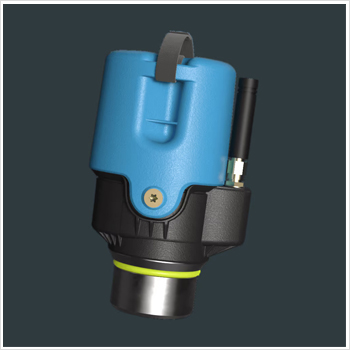SmartEAR®+ ePF Pressure Logger
SmartEAR®+ ePF Pressure Logger
With this innovative logger, water suppliers can efficiently monitor their infrastructure, optimize pressure conditions and gain valuable insights to reduce water losses. Thanks to its integration into the POSEYEDON® Cloud, the SmartEAR®+ ePF enables continuous, location-independent data analysis for sustainable water management.
Special features
- • Robust design
- • Long battery life
- • Data analysis in real time
- • Robust, waterproof design
- • Modern communication technology
- • Simple installation & commissioning
- • Pressure monitoring on pressure reducing valves (PRVs): Measurement of pressure levels at inlets and outlets to monitor the operation of PRVs and detect pressure fluctuations.
- • Retrofitting mechanical water meters: Digitization of existing metering systems by converting mechanical meters into intelligent, networked sensors.
- • Long-term monitoring and network optimization: Continuous analysis of pressure and flow data to identify irregularities and potential leaks.
- • Secure data transmission: Encrypted communication with the POSEYEDON® Cloud for loss-free and protected data analysis.
- • Increasing network stability: By monitoring critical parameters, water suppliers can react to changes at an early stage.
- • Simple installation and flexible retrofitting: The SmartEAR®+ ePF can be easily adapted to existing systems and put into operation in just a few minutes.
- • 2 pressure sensors and up to 2 water meters on one logger.
- Pressure sensors from different manufacturers can be connected to the standard interface with 0-10 V input.
The collected measurement data is securely stored in the POSEYEDON® Cloud, where it can be analysed, visualized and compared with historical values. This provides network operators with valuable insights for the early detection of leaks and increased efficiency. The cloud-based solution ensures maximum transparency and supports water suppliers in making data-driven decisions.
- • Centralized data management
- • Proactive troubleshooting
- • Automated alerting
- • Scalability and flexibility

